YelenaYemchuk/iStock/GettyImages
What's in Your Cup of Joe
The Colombian coffee you buy at the grocery store or your local coffee shop can come in a French roast style. And any French roast coffee may be from Colombia, or it may be from Guatemala, Hawaii, Mexico or Kenya. To make sense of the differences, think of coffee as available in different levels of darkness, the roast, and also available from different places of origin, such as a country or region. If you're one of the 100 million coffee drinkers in America, understanding the varieties of coffee beans and the origins of the coffee may help you find your favorite blend.
Levels of Roasting
French roasted coffee tastes the strongest and most bitter of the four coffee roasting levels. Although the beans are darker and more shiny with natural coffee oils than light, medium or medium dark roasts, coffee made from these beans is actually less acidic than coffee made from beans roasted to lighter shades. There are no laws or regulations regarding the names of dark-roasted beans, so you may see these beans labeled as high, European, Viennese, Italian or French. No matter what the name on a bin of coffee beans, you'll know the French-roasted beans because they will be significantly darker than any of the others.
Colombian Coffee
Although coffee trees will only grow in certain warm, moist areas along the equator, the different soils, climates and coffee-making traditions in different regions give coffee beans their distinct and slightly varied flavors. Columbia is one of 50 countries in the world that grow coffee, but it grows the second highest amount of beans each year. Colombian coffee beans have a reputation for mild taste with a balance between bitterness and acidity. Coffee lovers describe the highest quality of coffee from the country, Colombian Supremo, as having a sweet smell and caramel-like flavor.
Brewing the Best Cup
Some well-accepted practices can move your coffee brewing skills to the next level. Be sure to clean your coffee grinder, filter and pot thoroughly after each use. Otherwise, small amounts of coffee oils or coffee beans can react with the air and turn rancid, adding bitter flavors to your cup. Buy small amounts of coffee so you use it up within two weeks, keeping it as fresh as possible, and store it in an airtight, dark container. Finally, if you can control the temperature of the water you use, let the water rest for 30 seconds after boiling before you pour it over the freshly ground coffee.
Related Articles

Description & Characteristics of ...

How to Brew Whole Bean Coffee

How to Remove Mold From Coffee Beans

Protein in Coffee Beans
Keurig Coffee Nutrition

How to Regrind Coffee

How to Add Chicory to Coffee

How to Dye Your Jeans Darker With Stuff ...

How to Use Vinegar to Cook Pot Roast

Brands of Coffee Good for Percolators

Substitutes for Instant Espresso Powder
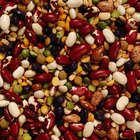
What Type of Beans Are Good for ...

How to Remove Coffee Stains From Dry ...
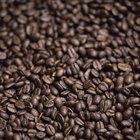
How to Do an Anti-Cellulite Detoxifying ...

How to Freeze Ground Coffee

How Can Coffee Beans Be Used in Baked ...
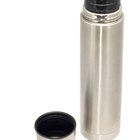
How to Keep Coffee From Going Sour in a ...

Tanqueray Gin Ingredients
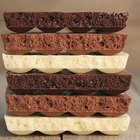
Foods Containing Theobromine
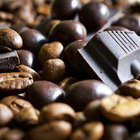
Number of Calories in Dark ...
References
Writer Bio
Susan Lundman began writing about her love of cooking, ingredient choices, menu planning and healthy eating after working for 20 years on children's issues at a nonprofit organization. She has written about food online professionally for ten years on numerous websites, and has provided family and friends with homemade recipes and stories about culinary adventures. Lundman received her M.A. from Stanford University.